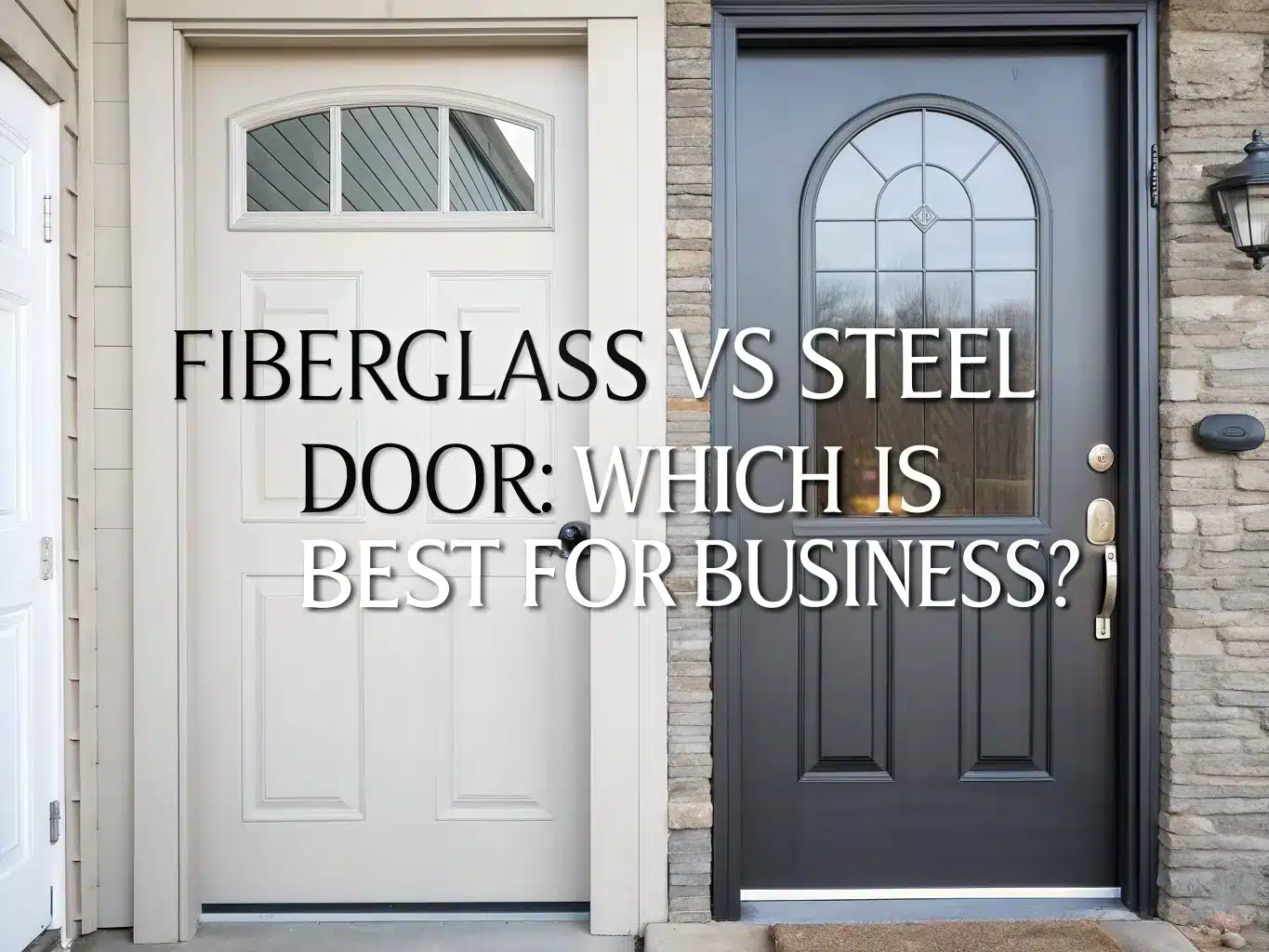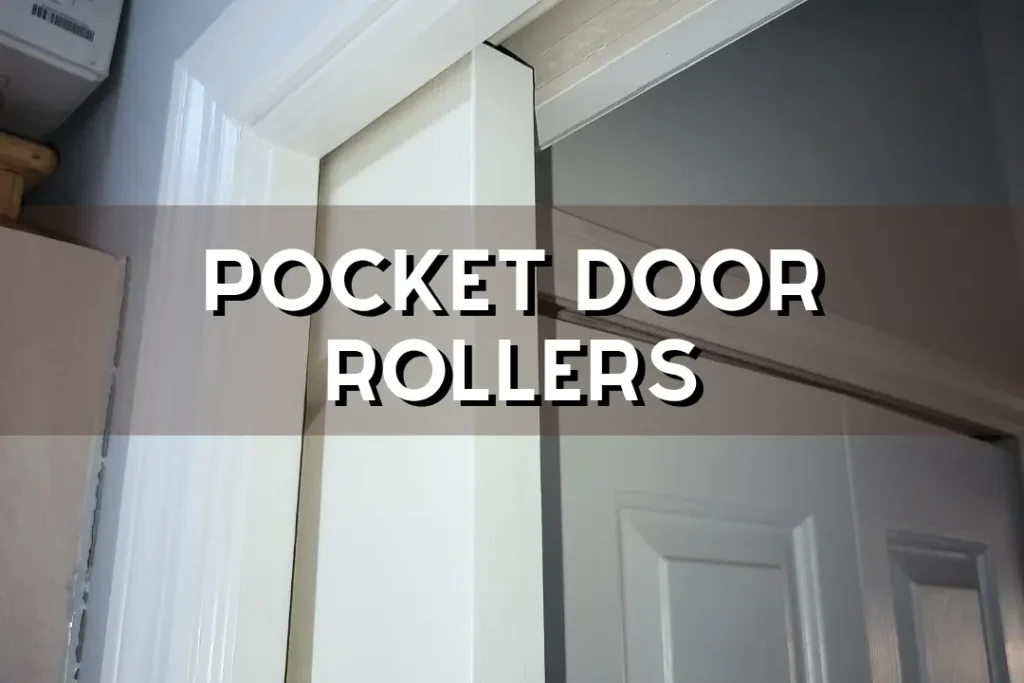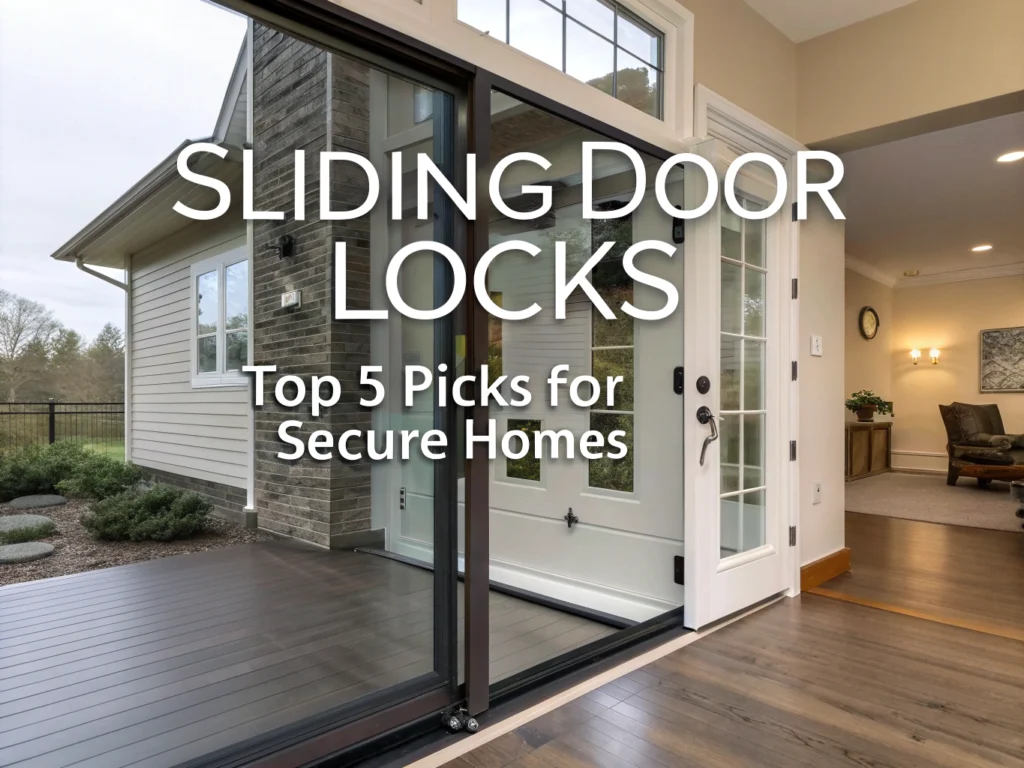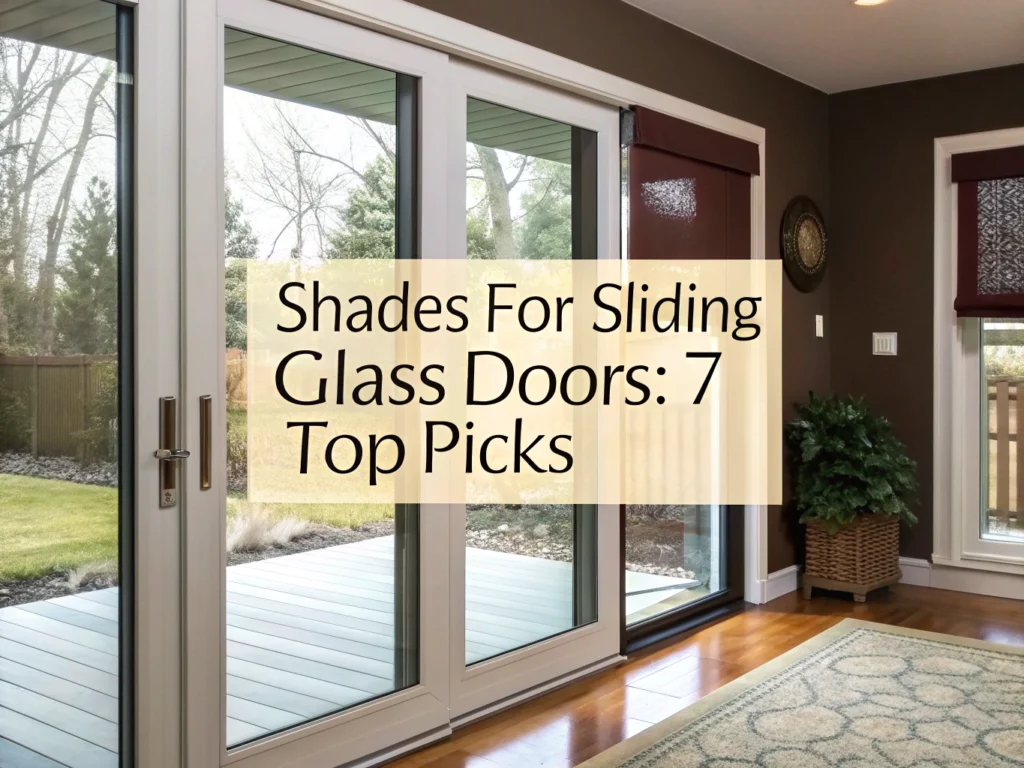
Ever wondered why some people prefer fiberglass entrance doors? Or why others swear by steel doors for their home? Making the right choice between the two can be tricky, especially with different needs like security, weather resistance, and budget concerns. Let’s explore the facts and pick the perfect door for your peace of mind.
Choosing between fiberglass and steel doors can significantly impact your home’s security, energy efficiency, and curb appeal for years to come. Steel doors offer superior forced-entry resistance and budget-friendly pricing with ROI up to 188%, while fiberglass doors excel in weather resistance and customization options despite higher upfront costs.
Security and Strength Comparison
Steel Door Security Advantages
Steel doors provide superior resistance to forced entry due to their heavy-gauge galvanized steel construction. The material’s structural integrity makes it the preferred choice for security applications across residential and commercial settings.
These doors can meet three-hour fire ratings in many models, far exceeding the typical 90-minute rating of fiberglass alternatives. NAAMM notes that steel doors can also comply with blast resistance standards when required for specialized applications.
Steel resists cracking under impact better than fiberglass, though both materials can dent or scratch. The security metal door category typically features steel construction because of these strength characteristics.
Fiberglass Door Durability Features
Fiberglass doors offer solid impact resistance for everyday use, though they can crack under sufficient mechanical stress. The material’s compression-molded shell provides good structural integrity for typical residential applications.
While fiberglass may be more scratch-prone than steel, it maintains its appearance well over time with minimal maintenance. This makes it a practical choice for homeowners who want durability without frequent upkeep.
Weather Resistance and Long-Term Durability
Fiberglass Weather Performance
Fiberglass doors are highly weatherproof and don’t rust, making them ideal for entries exposed to rain and sun without protective overhangs. Energy Swing Windows reports that fiberglass experiences minimal expansion and contraction during temperature swings.
The material resists warping, splitting, and rot even in harsh climates. This weather resistance contributes to low maintenance requirements over the door’s lifespan, making fibreglass entrance doors particularly suitable for exposed locations.
Steel Door Climate Considerations
Steel doors can expand slightly in extreme heat and contract in cold weather. They’re susceptible to rust if the finish becomes damaged or if lower-quality steel is used in construction.
For protected entries with porches or overhangs, steel performs well and offers cost-effective durability. Regular maintenance of the finish helps prevent corrosion and extends the door’s lifespan significantly.
Energy Efficiency and Insulation
Insulation Core Technology
Both fiberglass and steel doors commonly use polyurethane foam cores that provide excellent insulation and sound dampening properties. This core technology makes both materials capable of delivering strong energy performance.
The foam core construction helps reduce energy costs by maintaining indoor temperatures more effectively. Both door types can significantly outperform traditional wood doors in thermal efficiency.
ENERGY STAR Performance
Fiberglass doors tend to be thicker on average (around 0.75 inches more) and often feature advanced weather sealing systems. Many fiberglass models achieve ENERGY STAR ratings even when including decorative glass elements.
Steel doors can also deliver excellent efficiency, especially solid models without glass. Both materials perform well when built with high-quality cores and seals, making energy efficiency more about construction quality than material choice.
Style and Curb Appeal Options
Fiberglass Design Versatility
Fiberglass can convincingly mimic wood grains like oak, cherry, mahogany, and fir, offering the appearance of natural wood without the maintenance requirements. Aspen Home Improvements notes that these doors accept both paint and stain finishes.
The material offers wide glass and lite options for customization, making it highly adaptable for various architectural styles. This versatility makes fibreglass entrance doors popular for homeowners wanting specific aesthetic outcomes.
Steel Door Aesthetic Features
Steel doors provide a clean, smooth appearance that works well with modern and contemporary home styles. The material offers fewer customization and design options compared to fiberglass alternatives.
Glass pane options are available for steel doors, though the overall design flexibility remains more limited. The streamlined look appeals to homeowners who prefer minimalist aesthetics.
Cost Analysis and Return on Investment
Upfront Investment Comparison
Steel doors typically cost less upfront, with average purchase prices ranging from $200 to $1,000, though some models can reach approximately $1,300 depending on size and weight specifications.
Fiberglass doors are often more expensive, with high-end options reaching upwards of $3,000 due to quality construction and customization capabilities. The initial investment reflects the material’s advanced manufacturing and design flexibility.
ROI Performance Metrics
Bob Vila reports that steel entry doors can deliver ROI up to 188% according to Remodeling’s 2024 Cost vs. Value Report, while fiberglass doors average approximately 77% return on investment.
Lifespan considerations show steel doors can last 30+ years when properly installed and maintained, while fiberglass doors typically last 15-20 years. These figures can vary based on product quality and climate exposure conditions.

Classic Fiberglass Entry Door
- Sleek and durable fiberglass construction
- Primed for easy painting
- Insulated glass for efficiency
- 6-lite design boosts curb appeal
- Vinyl frame with brickmould

Stylish Fiberglass Front Door
- Textured modern fiberglass design
- Brickmould included
- Pre-assembled for easier install
- Durable vinyl frame
- Left-hand inswing

Secure Steel Door with Frame
- Robust steel construction for security
- Adjustable width
- Includes hardware
- Modern gray finish
- Right side-hinged
These popular door options showcase the practical differences between fiberglass and steel construction for residential applications.
Decision Guide: Which Door Material to Choose
When to Choose Fibreglass Entrance Doors
Choose fiberglass if you need weather resistance without rust, minimal expansion and contraction, and low maintenance requirements. These doors work best for exposed entries lacking protective overhangs.
Fiberglass is ideal when you want wood-look customization and ENERGY STAR options even with decorative glass. The material’s versatility makes it suitable for homeowners prioritizing aesthetics and long-term performance. Consider browsing fiberglass door options for your specific needs.
When to Choose Security Metal Door Options
Choose steel if you prioritize maximum physical security, need a budget-friendly solution, and have a protected entry to minimize corrosion risks. Steel doors excel in applications where forced-entry resistance is paramount.
Steel works well for homeowners wanting a sleek, smooth appearance without extensive customization needs. The material’s strength makes it a strong candidate for security metal door applications. Explore metal exterior door options for enhanced security features.
Alternative Options: Aluminum Door and Iron Front Doors
Aluminum door options are lighter and corrosion-resistant but typically used for patio or secondary doors rather than primary security entries. They offer good weather resistance with less weight than steel.
Iron front doors provide premium aesthetics and security but at higher cost and maintenance compared to standard steel options. These doors appeal to homeowners wanting distinctive curb appeal with maximum durability.
FAQs
What are the pros and cons of fiberglass doors compared to steel doors?
Fiberglass doors are known for their aesthetic appeal and versatility, often mimicking the look of wood with greater durability and less maintenance. They resist dents and are less prone to rust, making them ideal for coastal areas. However, they can be more expensive upfront than steel doors. Steel doors, on the other hand, provide excellent security and are usually more affordable. They may not have the same aesthetic options but offer robustness.
Are fiberglass doors better than steel for insulation?
Fiberglass doors typically offer better insulation than steel doors. This is because fiberglass is a non-conductive material, meaning it does not transfer heat or cold as easily as steel. This can result in greater energy efficiency and a more comfortable indoor environment, especially in areas with extreme temperature variations.
How do fiberglass doors compare to steel doors in terms of durability?
Fiberglass doors are generally more resistant to weathering, scratching, and denting compared to steel doors. They do not rust and can last longer in environments that are particularly challenging for steel. However, modern steel doors are galvanized to resist rust and are quite durable, but they may show signs of wear faster than fiberglass under tough conditions.
What is the cost difference between fiberglass and steel doors?
The cost difference between fiberglass and steel doors can vary based on the specific door options selected, such as design, size, and additional features like glass inserts. Generally, fiberglass doors are more expensive than steel doors due to their durability and aesthetic advantages. However, over the lifespan of the door, fiberglass can prove to be more cost-effective considering its longevity and lower maintenance requirements.
Which is more secure, fiberglass or steel doors?
Steel doors are often considered more secure due to their solid and heavy structure, which can be more resistant to forced entry. Many steel doors also come with reinforced frames and better locking systems. Fiberglass doors can be highly secure as well, especially when equipped with quality locks and frames, but steel doors are traditionally seen as the more robust option for security purposes.

Abdelbarie Elkhaddar
Glamorwood Ltd.
A door expert and home improvement writer with over 12 years of experience. I help homeowners and contractors choose smart, stylish, and secure doors.






Leave a Reply